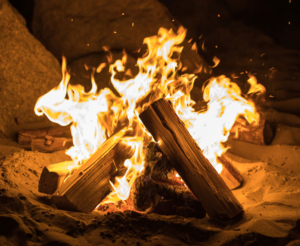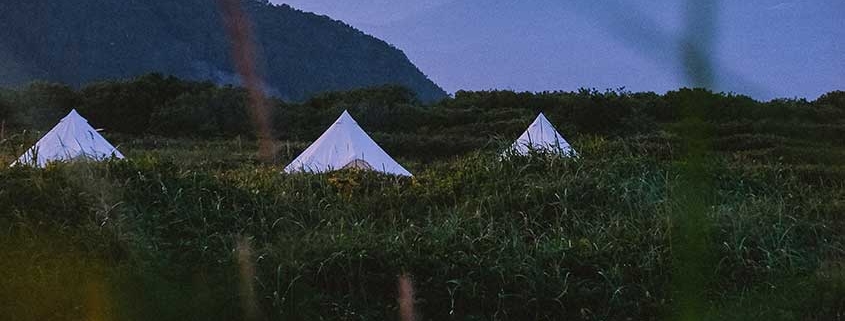Wilderness Survival Skills Part 2 of 3: Shelter
In the wild, having the ability to create shelter is a fundamental skill. Whether you’re an avid outdoors enthusiast, a camper, or find yourself unexpectedly stranded, knowing how to construct a suitable shelter is vital.
Shelter Types
Lean-To Shelter:
- To build a lean-to shelter:
- Find a long, sturdy branches, logs or poles and prop against a horizontal support.
- Secure the ridgepole with cordage, vines, or even shoelaces.
- Create a roof by using a tarp, leaning smaller branches, or sticks against it. Cover the frame with leaves, grass, or branches for insulation.
Tarp Shelter:
- If you have a tarp or a waterproof piece of fabric, you can create a tarp shelter. Secure the corners of the tarp to trees or use improvised supports, creating a simple, waterproof roof. From here you can use branches, logs, and natural supplies to create walls or wind breaks.
Tents and Other:


- Carrying a portable tent or something as simple as a tube tent (which can be stored in a vehicle, backpack, or 72 hour kit) can provide you an emergency shelter. Another option could be a hammock. Offering some shelter and off-the-ground comfort. The goal is being as much out of the elements as possible to stay safe and warm.
Site Selection
Proximity to Water:
- When selecting a shelter site, prioritize proximity to water. Access to water is vital for drinking, cooking, and hygiene. However, avoid low-lying areas and flood-prone zones.
Natural Windbreaks:
- Look for locations with natural windbreaks, such as rocks, cliffs, or dense vegetation. These features can provide additional protection from harsh winds and elements.
Avoid Hazards:
- Ensure your chosen site is safe. Avoid areas with dead trees or overhanging branches that could fall. Steer clear of areas with wildlife activity like game trails or animal dens.
Staying Warm and Dry
Insulation:
- If you do not have a ground cover, lay insulating materials, like leaves or grass, between you and the ground to prevent heat loss through conduction.
Keep It Cozy:
- The smaller and more enclosed your shelter, the easier it is to retain warmth. Use your own body heat to your advantage.
Use a Fire:

- If resources permit and it’s safe to do so, build a fire near your shelter for warmth and protection. Ideally you will have matches, a flint n steel, or other fire starting tools. More difficult but do-able: using solar reflection from a magnifying glass or your emergency mirror. Or the “bow and spindle” method of rubbing two sticks together.
Signal for Rescue:
- In a survival situation, creating a signal fire near your shelter can help rescuers locate you. Use damp leaves, green vegetation, or rubber from a bicycle tire to create excess smoke for visibility. Universal sign for help is waving both hands over your head, and of course SOS.
Wilderness shelter-building skills are important for anyone who spends time in the great outdoors. Whether you’re on a camping trip or facing an unexpected survival scenario, knowing how to create shelter can keep you safe, warm, and dry. Practice these techniques and always carry the knowledge of shelter-building as one of your most valuable wilderness survival skills.



